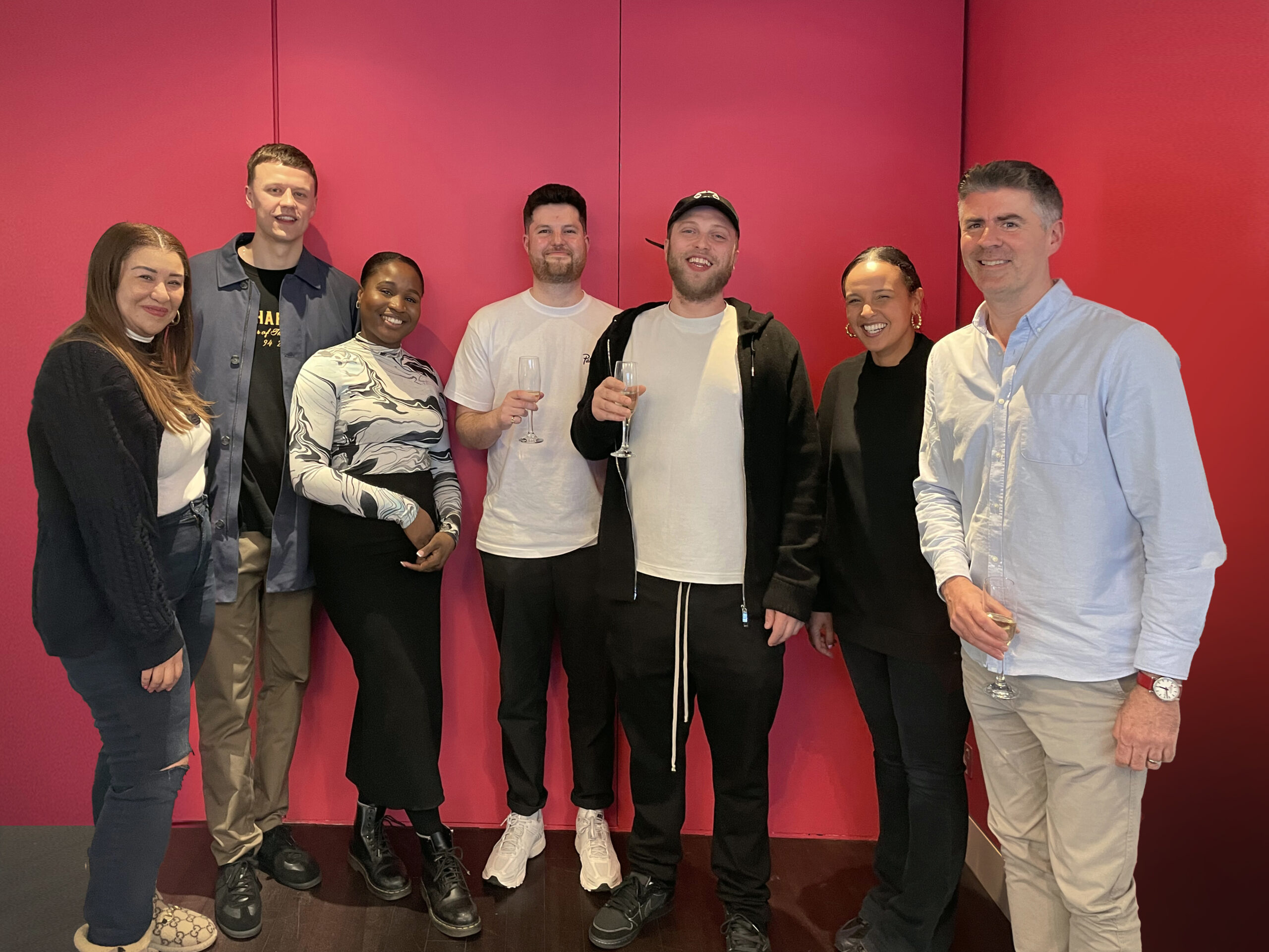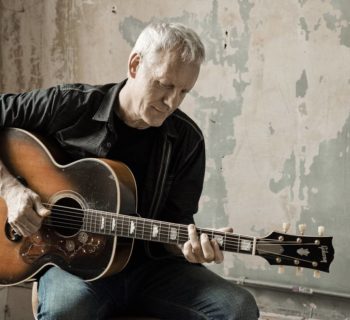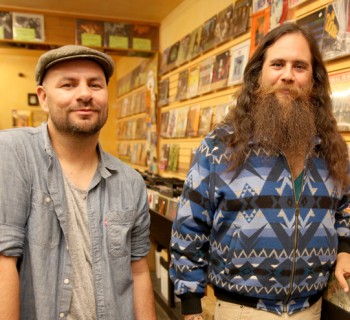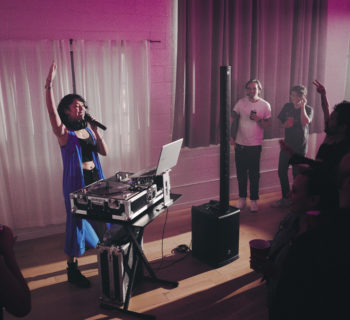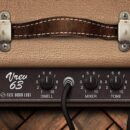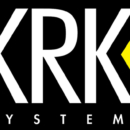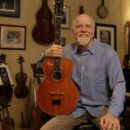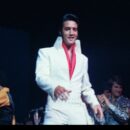When the perfect song is placed to picture, it creates a transcendent moment. Music can powerfully support the stories told in films, TV shows and ads by amplifying the emotions shown on screen. It literally feels like magic to watch it happen.
If you’re an artist, songwriter or producer and want to help create these kinds of magic moments by licensing your music in visual media, it’s important to keep in mind the kind of things you can do with your productions to make them more “sync friendly.”
These are our 3 top tips to make your music really POP to picture!
1. Include Dynamic Changes Throughout Your Song
Consider the video editor who is trying out different music for a party scene on a reality TV show. They may love how modern and slick your pop song sounds, but they might need it to be fuller with additional interesting instrumental and vocal layers in order to completely support the celebratory and fun moment depicted on screen.
Dynamic changes, such as variations in intensity, tempo, and instrumentation, can help convey different emotions and moods that can complement or contrast with the visual content in an interesting way. By creating different “scenes” in your song through your production, it can be more versatile and adaptable, increasing its chances of being selected for licensing opportunities.
How can your music build and evolve while it’s playing? There are different ways this can happen. An acoustic singer-songwriter track can start with just a guitar and voice, then add vocal harmonies and a bass guitar during the pre-chorus. The chorus production could bring in drums, organ and electric guitars to amp up the contrast and emotional payoff in the music. This kind of tension building to a crescendo is just one way to create an interesting change in dynamics.
Switch the electric guitar out for a synth in the second verse. Double your vocal stacks in each chorus until the end of the song reaches such a high level of intensity. Come out of a big post with a complete drop out of all instruments for maximum dramatic effect. Explore all the different ways you can switch things up in your productions for more opportunity.
2. Radio Ready Mix and Master
We evaluate hundreds of original songs each month for their licensing potential, and unfortunately many of them don’t sound competitive due to a substandard mix and master. For most trained ears in the music licensing industry, it only takes a couple seconds of listening to your song to know whether it’s sounding “radio ready” within the genre.
Imagine you are a music supervisor and you’ve got 1 hour to go through 200 songs to find a fit for a scene you’re working on to a tight deadline. Song after song you press play, and then quickly skip through the vibes of the intro, verse, and chorus. You find a couple of songs you like, and then come across a song that is way quieter than all the rest. The drums and bass seem to be getting drowned out by the vocals. And the vocal is not tuned. Are you going to spend any more time considering it? Nope, on to the next!
Coming back to your role as the music creator, it should be clear that making the best first impression possible upon decision makers is key and that the professional polish of your final master is of the utmost importance. Invest as much into your song’s mix and master as you do writing and recording it. There are Platinum record and Grammy winning mix and mastering engineers available out there at incredibly reasonable rates, though you don’t need someone with fancy credentials to get a truly professional result either. You usually get what you pay for, so make sure you budget accordingly for the crucial post-production phase.
3. Use Modern Sounds
Are you making music in a modern genre? That’s awesome, because the most placements go to songs that feel current and relevant right now. Unless you are going for thoroughly retro vibes with a past-era soundalike, you'll want to make sure that your sound selections for drums and other instruments have a modern feel to them.
There’s a big difference between being influenced by the 1980s and literally using early-era Metallica guitar distortion for your attempt at indie rock. It can feel like an awkward tonal mismatch if your song doesn’t seamlessly fit into a playlist of modern music in the genre.
This is where doing your reference research ahead of time can really pay off, learning what kinds of songs tend to work for what types of TV shows or ads and then custom tailoring your writing and production approach to match. Be creative? Yes! Be inspired by the past? Absolutely, but use that inspiration to make a new sound that works within modern music.
It’s worth noting that while modern music takes the lion’s share of syncs, practically every genre from every decade of music’s history is needed for media projects. If you struggle to carve out a niche for yourself in what’s happening right now, maybe you were meant to really double down on that Swing era big band music you used to write and arrange! Just remember that for period shows and films, they are often wanting songs actually recorded in that time in history. When they can’t find that music though, there can be opportunities for sound-alikes. So get that vintage music sounding like it’s truly from the era.
Closing Thoughts
Give your productions lots of dynamics, modern sounds and a professional mix and master. These things will really maximize your chances to land lucrative media placements. More than any other time in sync, there is room for ALL different types of music and artists. If you want to make sync a part of your career, we suggest you learn the foundations of licensing, get valuable feedback from mentors you trust, and find a dedicated community of like-minded music makers to collaborate and have fun with while you work toward reaching your goals. – 2Indie
About The Authors: 2Indie is a successful music business education company founded by the “dynamic duet” of Sonnet Simmons and John Clinebell. Discover innovative coaching programs for indie artists, songwriters and producers: 2Indie.com.


